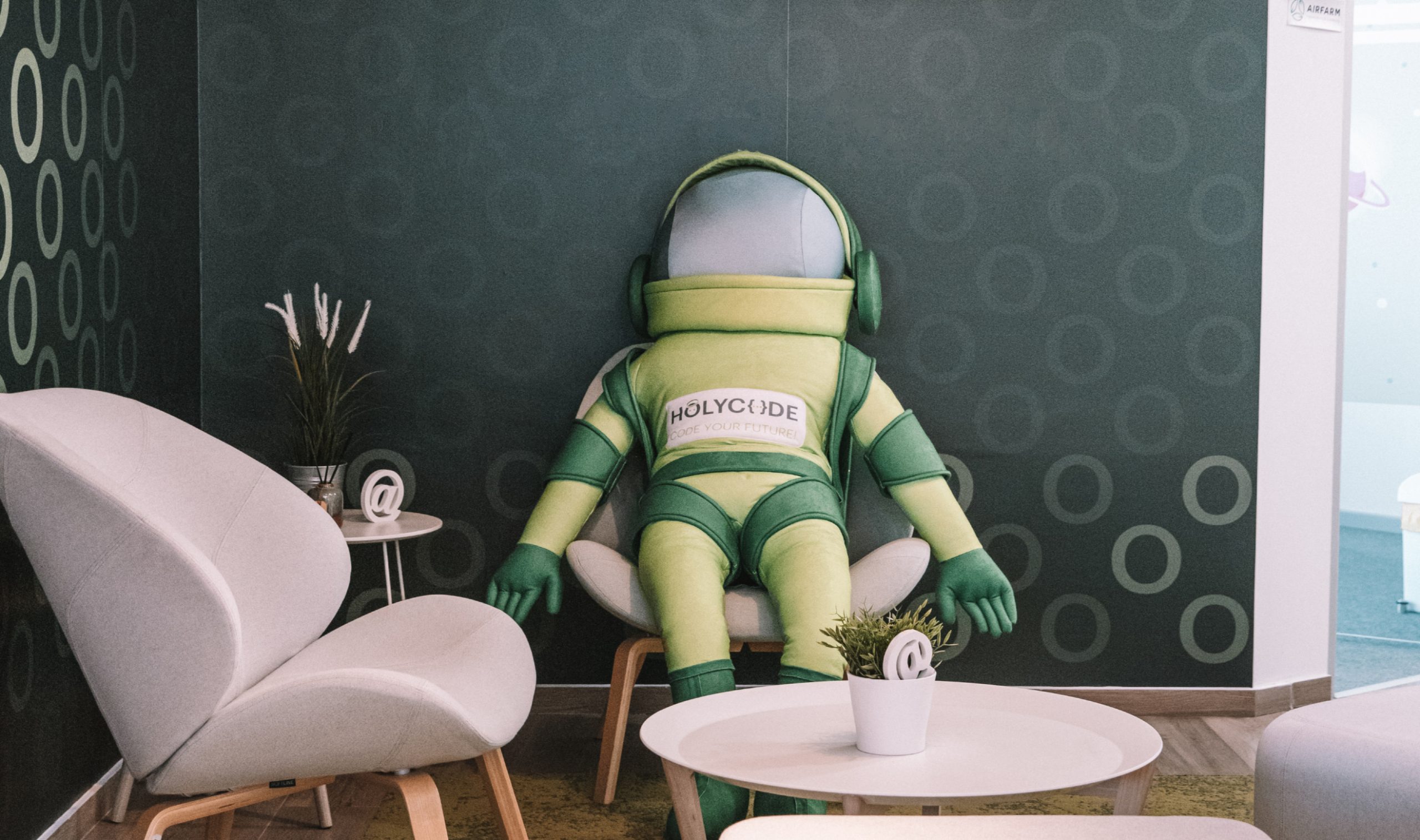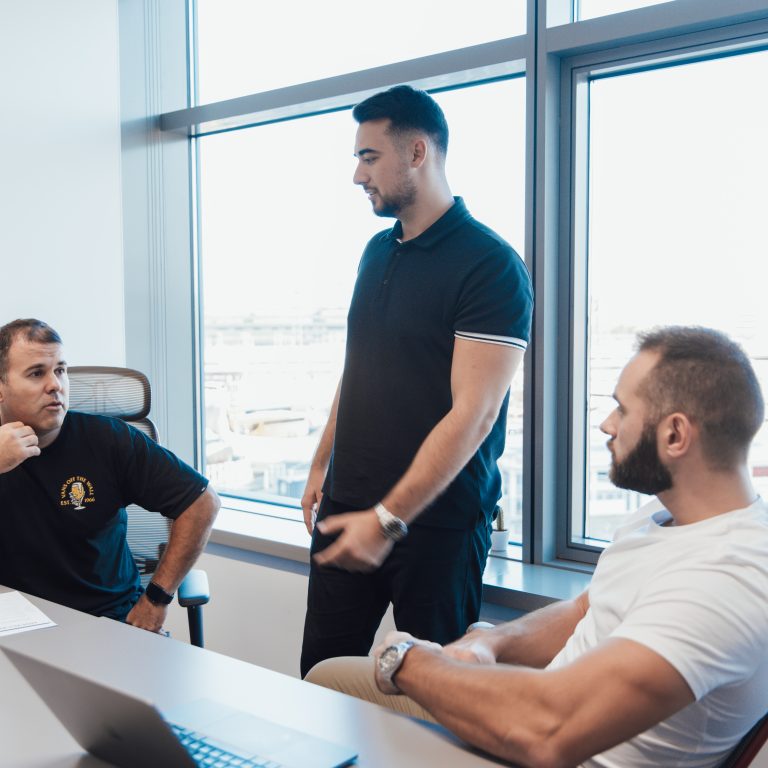Navigating the startup journey: from zero revenue to $1 million ARR
Are you embarking on the startup journey? Worried how to get from zero revenue to $1 million in annual recurring revenue (ARR)? Don’t worry, we’ve got you covered!

This phase of the startup journey can be crucial to the survival and potential success of the startup, laying the foundation for future growth. Let’s break down the key stages and challenges you’ll encounter along the way.
The 3 key stages of startup growth
Product-market fit stage
In this initial phase of the startup journey, startups focus on prototyping, building a minimum viable product (MVP), a basic version of your product to test it with real users. It’s all about solving a genuine problem and finding those early customers who love it.
Challenges:
- Identifying the right problem: Don’t waste resources building something nobody needs! Talk to potential customers and validate your idea.
- Limited resources: With a small team, often just the founders, startups must really set the priorities effectively. Focus on building the core features that address the core problem.
- Validation: Getting enough early user feedback can be tough. Be persistent and use surveys, interviews, and observation to gather insights.
It’s crucial to maintain focus in this phase. If you try to deal with everything at once, you could get overwhelmed and stuck. So focus on avoiding distractions and concentrating on solving one problem at a time.
Go-to-market stage
Once you have a product-market fit, your startup journey continues towards the go-to-market stage. Startups often fail to recognise when they need to transition to the go-to-market stage. Don’t cling to early-stage processes. Deliberately embrace new tools, frameworks, and strategies to scale your business. In this phase, you’ll get more familiar with the market, you’ll define your ideal customer profile, and begin building a presence in the market.
Challenges:
- Market understanding: Who are you selling to? What are their needs and wishes? Dive deep into market research to refine your target audience. Identify and focus on two to three ideal customer profiles.
- Building the team: At this point of your startup journey, you will probably need to invest in marketing, sales, and operations. But be careful, hiring the wrong people can lead to inefficiencies and wasted resources. Don’t hire people who won’t contribute to your growth goals.
- Scalability: Startups often face difficulties when attempting to grow. Building a foundation for growth is key! This means creating clear processes for sales, marketing, and customer support so you can handle a surge in customers.
Strategic planning in the go-to-market phase is essential. Product-market fit surveys and customer feedback tools can help you refine your strategy, create targeted offerings for different customer segments, and allocate resources effectively.
Scaling and expansion stage
The first two stages of the startup journey, product-market fit and go-to-market, focused on validating your idea, building a core customer base, and establishing a strong market presence. Now, with almost $1 million ARR under your belt, you might be ready to take things to the next level! This phase of the startup journey involves startups expanding into new customer profiles, verticals, or regions.
Challenges:
- Maintaining culture: As your company grows, it’s crucial to maintain the core values and culture that fueled your initial success. Be sure to communicate values consistently, to hire people who fit into the culture and to foster a sense of community.
- Managing complexity: Scaling operations and managing multiple teams across different locations can become complex, but with a well-defined vision for growth and a strategic roadmap to achieve, everything should be fine.
- Resource allocation: Deciding where to allocate resources – expanding existing offerings, entering new markets, or developing new products – requires careful strategic planning.
- Competition: As you enter new markets or expand your product line, you might face increased competition from established players.
Remember, this stage requires a shift in strategy and mindset, but with careful planning and execution, your startup can reach new heights and achieve long-term success.
Conclusion
Reaching $1 million ARR is a significant milestone in a startup’s journey. By understanding the stages, recognising the need for change, avoiding pitfalls, and utilising practical tools, you can navigate this critical phase with confidence. Remember, focus, strategic planning, and data-driven decisions are key to achieving sustainable growth in the competitive world of startups.
If you find yourself on this exciting and challenging startup journey, be sure to contact us, we’re more than ready to help you!
Let’s start achieving excellence together
Get in touch with our experts today to turn your ideas into reality and accelerate business growth.




